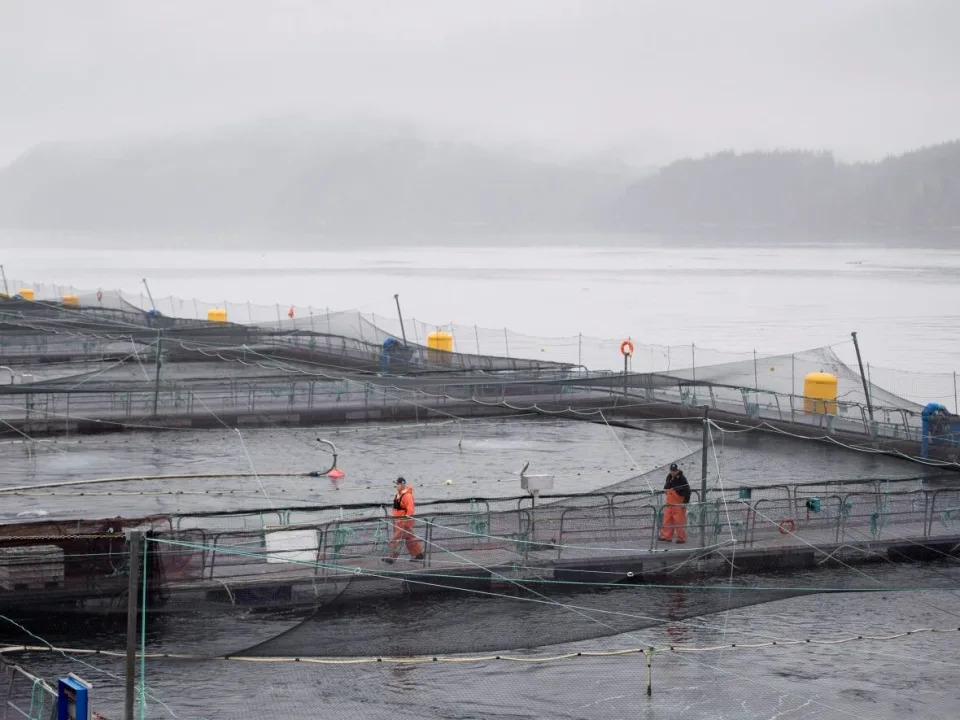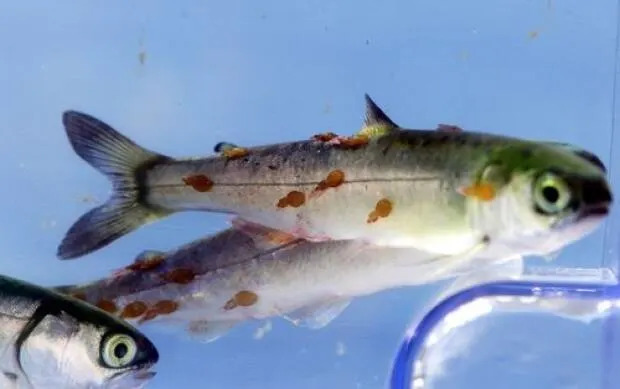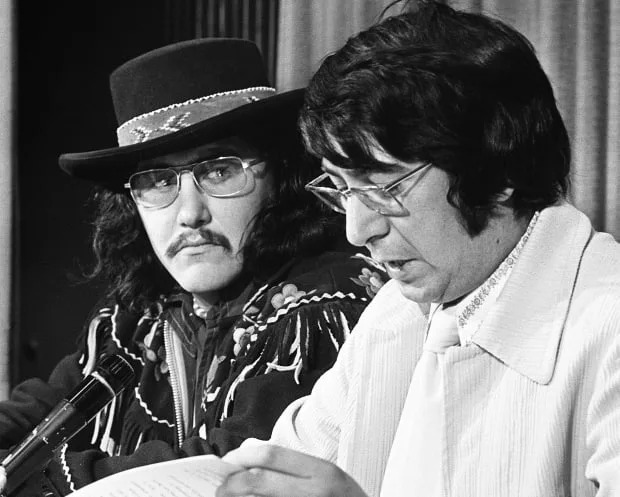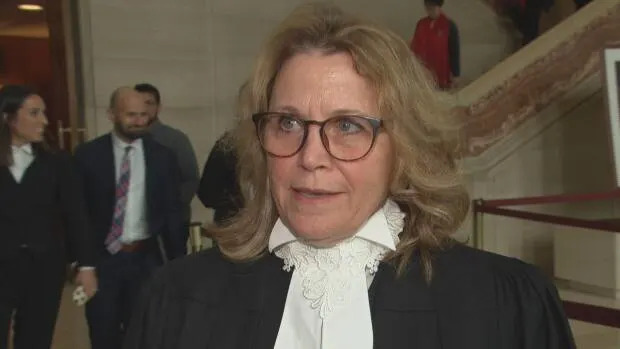Wed, March 8, 2023

The Okisollo fish farm is pictured during a DFO fish health audit near Campbell River, B.C. on Oct. 31, 2018. (Jonathan Hayward/Canadian Press - image credit)
First Nations leaders in B.C. are calling for an investigation into Fisheries and Oceans Canada's (DFO) scientific review and decision-making processes after a group of scientists pointed out flaws in a recent report on salmon farming and parasites.
The First Nations Leadership Council — a political executive made up of the B.C. Assembly of First Nations, First Nations Summit and the Union of B.C. Indian Chiefs — is calling for an independent external investigation and an overhaul of these processes to restore the department's credibility.
Sixteen professors and research scientists from Canadian and American universities signed a letter to Fisheries and Oceans Minister Joyce Murray, dated Jan. 30, saying a DFO report on the association between sea lice from salmon farms and wild B.C. salmon "falls far short of the standards of credible independent peer review and publishable science."
"We were astounded by [the letter] and immediately called out the minister because of it," said Hugh Braker, a member of the First Nations Summit political executive.
Braker said sea lice infestations in salmon are a touchy issue for most First Nations in B.C. and that the First Nations Summit would like for the minister to not renew any fish farm licences.
"The salmon are a staple for First Nations in British Columbia," said Braker.
"They are pillar of most cultures for First Nations in British Columbia. If we don't have that, then one of those pillars is gone. That's not really an option for us."
Letter to DFO minister
John Reynolds, research chair in aquatic conservation at Simon Fraser University in Vancouver, and a former chair of the Committee on the Status of Endangered Wildlife in Canada, was one of the people who signed the letter to the DFO minister.
He said the DFO report on sea lice infestations was "flawed from top to bottom" and the conclusion of the report that there was no statistically significant association between lice on salmon farms and the lice in wild salmon populations in B.C. was the opposite of findings he and his colleagues have concluded in their own research.
The letter points to more than 30 peer-reviewed studies from B.C. and Europe that show a significant link between sea lice infestations on salmon farms and the wild population, some of which were cited in the DFO report but were not integrated into its conclusions.
The letter says the contributors to the report are almost all aquaculture-focused DFO staff "with the mandate to 'support aquaculture development'" and that it was externally reviewed by one industry-associated professor who regularly advises B.C. salmon-farming companies. The scientists say this is one of the reasons why the report does not meet independent peer-review standards.

Submitted by Alexandra Morton
Sea lice are a naturally occurring parasite that feed on the skin and external tissues of wild fish that make them more susceptible to predators, can change their behaviour and weaken their immune systems.
"If you concentrate a large number of fish in one place, such as in an open-net pen salmon farm, then the numbers of sea lice will amplify on those captive fish the same way that any disease will amplify in people if they're crowded together," said Reynolds.
DFO did not provide comment by time of publishing.
On Feb. 17, Murray announced DFO would not renew the licence of 15 open-net Atlantic salmon farms in B.C.'s Discovery Islands due to the uncertain risks the farms pose to wild salmon and that the government is committed to developing a plan to transition away from open-net farming.
Sean Godwin, a postdoctoral fellow at Simon Fraser University studying marine ecology and another signatory of the letter, said the future of salmon farming in B.C. will have a great impact on the ecosystem, which is why the advice given to the minister to make decisions is important.
"It would be really good for the minister and DFO to admit the mistakes and breaches to scientific conduct that were made in this report, but more importantly, withdraw the report so that its conclusions can't really affect the really important decisions coming up," said Godwin.
"[Murray] deserves to be able to trust the science advice that's given to her by her own department, which just is not possible right now."












